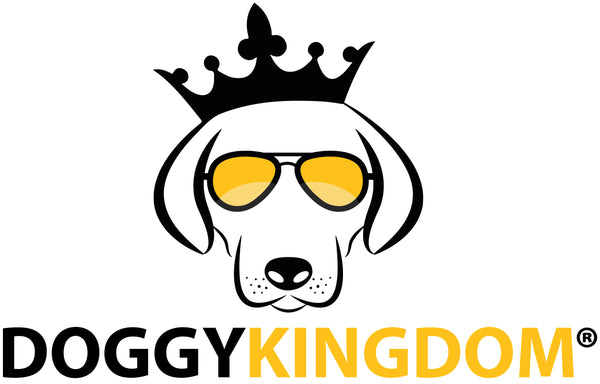National Guide Dog Month: Stories, Training & Support
Share
September is more than the start of cozy fall walks and pumpkin spice season — it’s also National Guide Dog Month, a time dedicated to celebrating the incredible dogs who change lives every day. From providing independence to those with vision loss, to being loyal companions in every sense, guide dogs represent the ultimate partnership between humans and canines.
In this post, we’ll explore inspiring guide dog stories, how these amazing dogs are trained, and ways you can support guide dog organizations this month.

The Life-Changing Role of a Guide Dog
Guide dogs are trained to help people with visual impairments navigate the world safely and confidently. They help their handlers avoid obstacles, cross streets, and move independently in public spaces — but they also provide emotional comfort and a bond that goes beyond the leash.
For someone who has lost their vision, a guide dog isn’t “just a dog” — they’re freedom, safety, and a trusted partner rolled into one furry package.
Inspiring Guide Dog Stories
- Max & Olivia – Olivia, a college student who is blind, says her yellow Labrador Max helped her navigate a bustling campus, commute by train, and even confidently travel abroad. “He gave me the world back,” she says.
- Ranger & David – David, a retired veteran, lost his vision due to a service injury. Ranger, his guide dog, not only restored his mobility but also helped him reconnect with his community.
- Luna & Jasmine – Jasmine’s fear of going out alone disappeared when Luna came into her life. Today, they hike trails together, proving that adventure has no limits when trust is involved.

How Guide Dogs Are Trained
Training a guide dog is a labor of love and dedication that starts from puppyhood:
- Puppy Raising (0–12 months): Volunteer puppy raisers teach basic obedience, socialize the pup in different environments, and ensure they’re confident and calm in public.
- Formal Training (12–18 months): Professional trainers teach guide-specific skills — stopping at curbs, avoiding obstacles, and safely crossing streets.
- Team Matching: Each dog is carefully paired with a handler whose personality, lifestyle, and pace match the dog’s abilities.
- Handler Training: The new team trains together for several weeks before beginning their life as a working pair.

How You Can Support National Guide Dog Month
Even if you don’t personally know a guide dog user, there are many ways to get involved:
- Donate to Guide Dog Schools – Organizations like Guide Dogs for the Blind or The Seeing Eye rely on donations to train dogs and support handlers.
- Sponsor a Puppy – Some programs let you sponsor a guide dog in training, receiving updates as they progress.
- Volunteer as a Puppy Raiser – A rewarding way to help raise and socialize a future guide dog.
- Spread Awareness – Share posts and stories on social media to educate others about the importance of guide dogs.
Guide Dog Etiquette
If you see a guide dog in public:
- Don’t pet or distract them while they’re working.
- Speak to the handler, not the dog.
- Give them space — working dogs need a clear path.
Conclusion
National Guide Dog Month is a perfect time to appreciate the dedication, intelligence, and loyalty of these remarkable dogs. Whether you donate, volunteer, or simply spread the word, your support helps keep these life-changing partnerships thriving.
Every step a guide dog takes is a step toward independence for their handler — and that’s something worth celebrating this September.



